Gold Hits Record High Amid Rising Geopolitical and Economic Tensions
The price of gold has reached a new historical high, continuing its upward trajectory as global uncertainties intensify. On Monday, June gold futures on the Chicago Mercantile Exchange (CME) jumped by 2%, surpassing $3300 per troy ounce for the first time in history and reaching $3305.1. This surge highlights gold’s enduring role as a safe-haven asset in times of market volatility and geopolitical instability.
Key Drivers Behind the Gold Rally
The latest price spike followed news from the United States, where President Donald Trump signed an executive order initiating an investigation into whether the import of processed critical minerals and their derivatives poses a threat to national security. The probe will assess the impact of imports of several strategic resources, including:
Rare earth metals
Cobalt
Nickel
Uranium
Other critical minerals
As part of the investigation, U.S. authorities will also evaluate the potential need for tariffs or other trade restrictions on these materials. This development has raised concerns over potential disruptions to global supply chains and the possibility of heightened trade tensions.

Growing Trade Risks and Flight to Safe Assets
Reports from major U.S. publications such as Bloomberg and The Wall Street Journal have pointed to additional investigations involving semiconductors and pharmaceuticals, suggesting a broader scope of scrutiny. These actions have elevated fears of escalating trade barriers, particularly between the United States and China, prompting market participants to seek shelter in traditional safe-haven assets like gold.
Several factors continue to support bullish sentiment in the gold market:
Rising recession risks in the U.S.
Increasing yields on U.S. government bonds
Weakening of the U.S. dollar
Ongoing geopolitical uncertainty
Instability in global trade policies
Currency Dynamics and International Demand
The depreciation of the U.S. dollar has further strengthened gold’s position. A weaker dollar makes gold more attractive to buyers operating in other currencies, boosting international demand. Industry analysts emphasize that during periods of uncertainty, gold functions not only as an inflation hedge but also as a store of value against broader financial risks.

Market Response and Outlook
Major investors continue to increase their holdings in gold. The rising demand from both institutional and private sectors has sustained strong momentum in prices. As the U.S. ramps up regulatory scrutiny and global trade tensions rise, market participants remain focused on the potential implications for economic stability.
Perspective
The historic peak in gold prices reflects deeper uncertainties within the global economic and political landscape. With inflation fears mounting, trade frictions intensifying, and the dollar losing ground, gold is once again gaining prominence as a protective asset. The current trend underlines the market's sensitivity to policy shifts in leading economies, particularly those related to strategic resource control and national security.








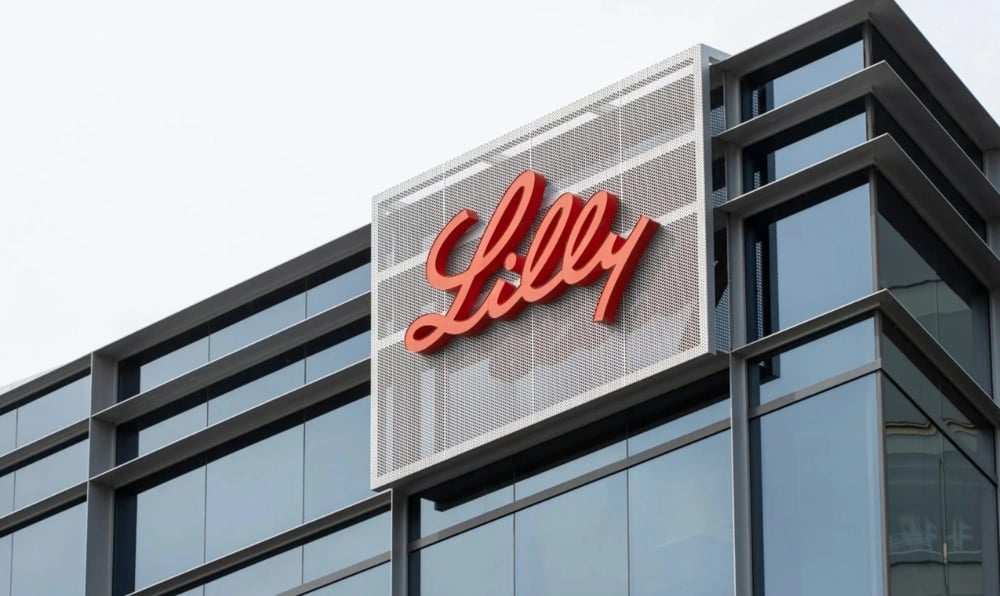
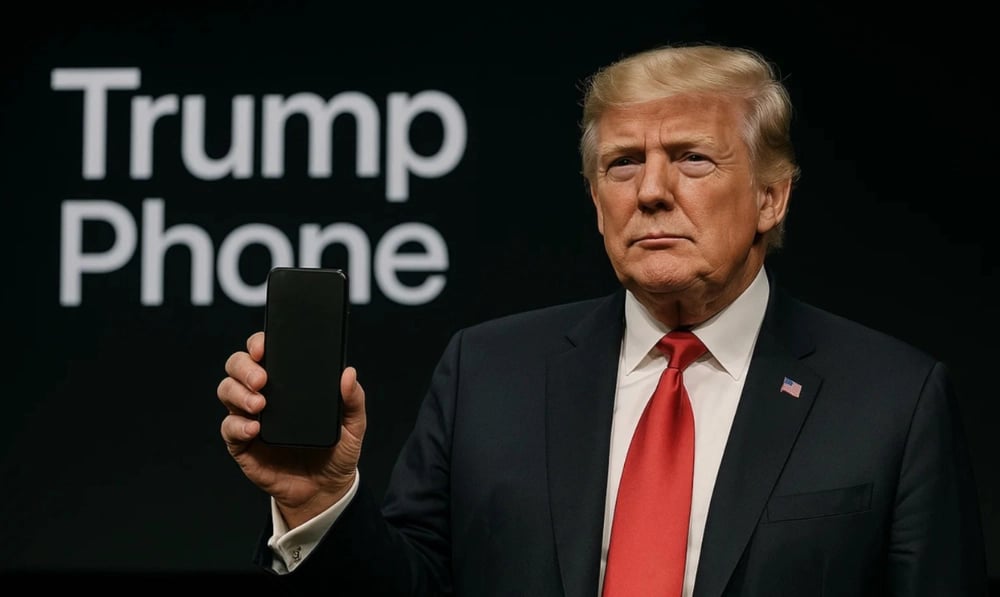
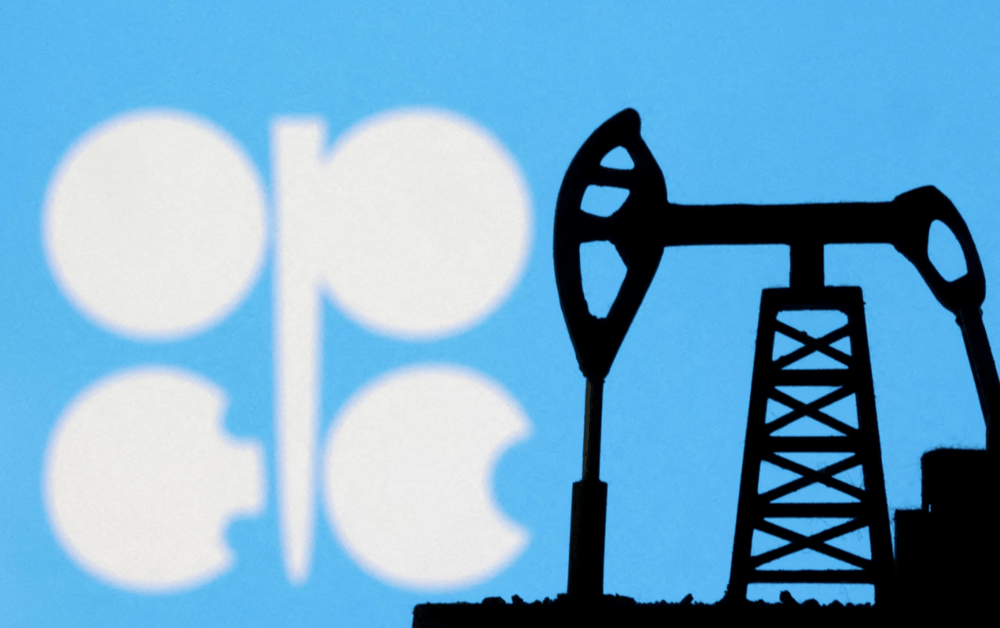
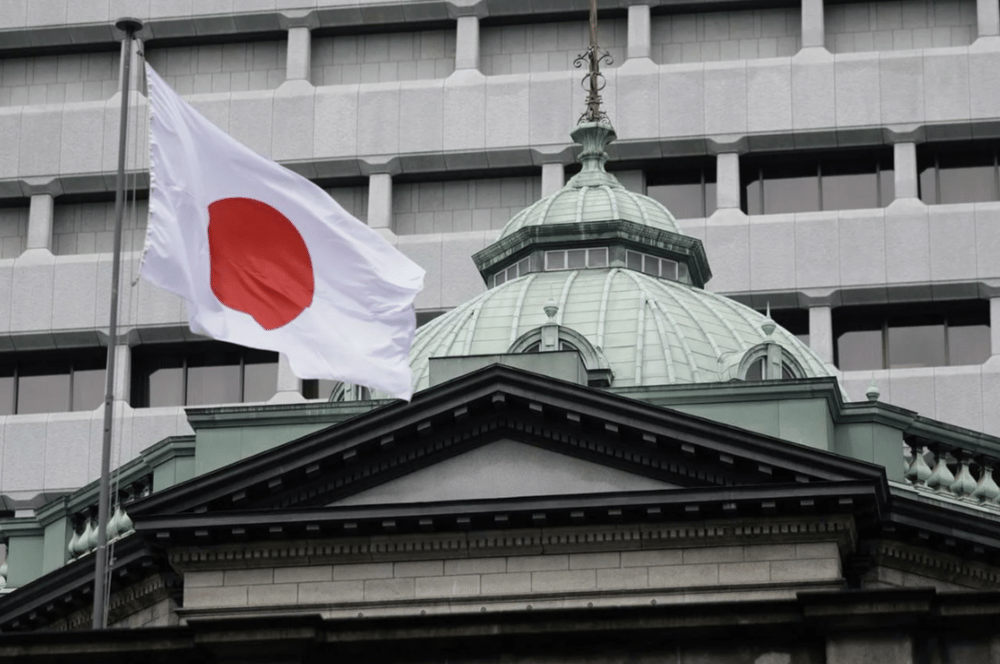




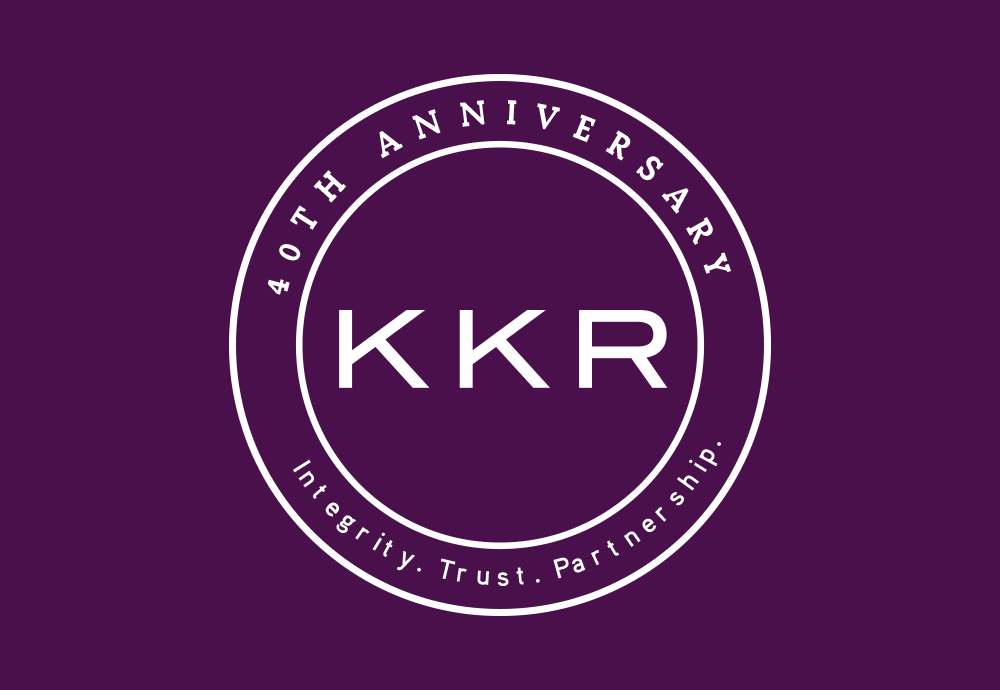

Comments